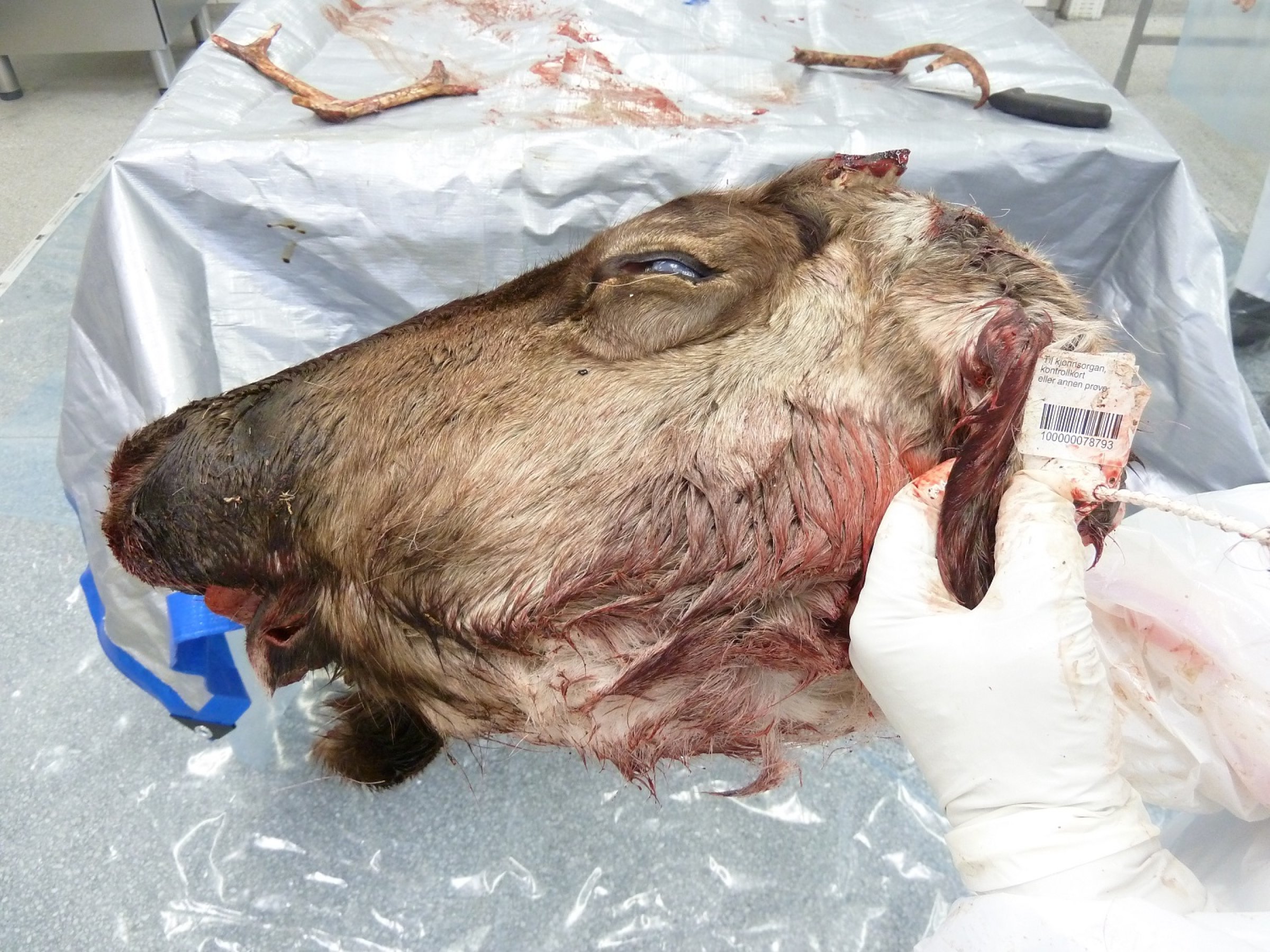Following the first detection of CWD in wild reindeer in 2016 in Norway, extensive testing of cervids from all over the country was initiated. Simultaneously, it was decided that the entire population of wild reindeer in Nordfjella, in which CWD had been detected, should be culled. This has now been accomplished – two months ahead of schedule. The culling of the Nordfjella reindeer may signify the eradication of classical contagious CWD from Norway, although it is too early to conclude. Sampling and testing of cervids will continue for many years to reveal possible spread of the disease to other regions.

Right premise for culling of the Nordfjella reindeer
The initial premise for the decision to cull was correct. Prior to the culling of the reindeer in Nordfjella last autumn, researchers from NINA, UiO and the NVI, in co-operation with local management, had estimated the population to comprise of 2150 animals (+/-200). So far, before a last search for any remaining animals has been performed, 2027 animals have been culled.
Based on knowledge regarding the age composition of the flock, and presuming that the two first CWD-positive animals taken out in regular hunting during 2016 represent a random selection, researches have estimated the flock prevalence of CWD to lie around 1% (with a margin of error).
"The premise for culling turned out to match reality. A higher flock prevalence and an extended culling period would have reduced the likelihood of achieving the final goal, which is to secure a healthy population of wild reindeer in Nordfjella, and healthy cervids elsewhere in the country," says CWD-coordinator Jørn Våge at the NVI.
He emphasises that the project has not been based on removing diseased animals only, but is about eradicating infection and preventing further spread of CWD, which is a serious and deadly disease for cervids.
Much work remains before the eradication plan can be deemed a success. Screening in other regions, like Hardangervidda, will continue for many years and Nordfjella zone 1 must lie fallow without reindeer for at least five years due to the risk of environmental sources of infection.
"It is encouraging that this phase of the eradication process is nearing completion earlier than anticipated. A huge and impressive job has been done by all parties involved, particularly by hunters from the Norwegian Nature Inspectorate and laboratory personnel at the NVI," says Våge.
Two types of CWD
In addition to the 18 confirmed cases of classical CWD in Nordfjella, CWD has also been detected in three moose (Alces alces) and a red deer (Cervus elaphus) elsewhere in Norway. These four cases differ from the Nordfjella-cases. All four animals were old individuals with an atypical form of the disease that is believed to occur sporadically and to arise spontaneously.
Recently, CWD was detected in a moose in Finland, with similar findings to those in the three Norwegian moose.
"The case in Finland was not unexpected following the intensified CWD testing in Europe in 2018. We have no reason to believe that there is any connection between the case in Finland and the occurrence of CWD in Nordfjella," says senior researcher Sylvie Benestad at the NVI.
The NVI regularly performs testing of cervids from all over Norway. So far, samples from more than 39,000 animals have been analysed in what has been the largest surveillance program since the BSE-scare was at its peak.
CWD research at the NVI currently encompasses studies on disease progression and pathogenesis, diagnostics, epidemiology and genetics.